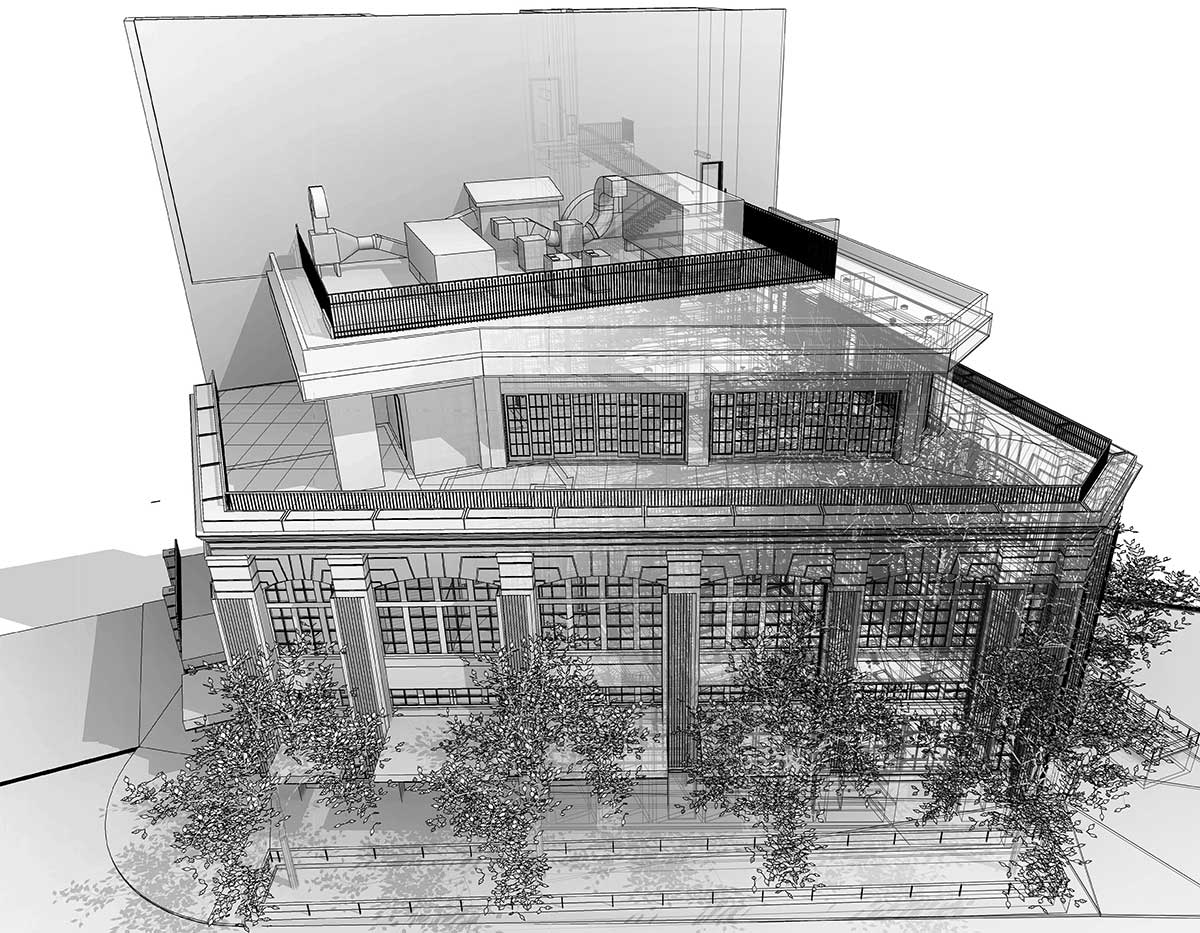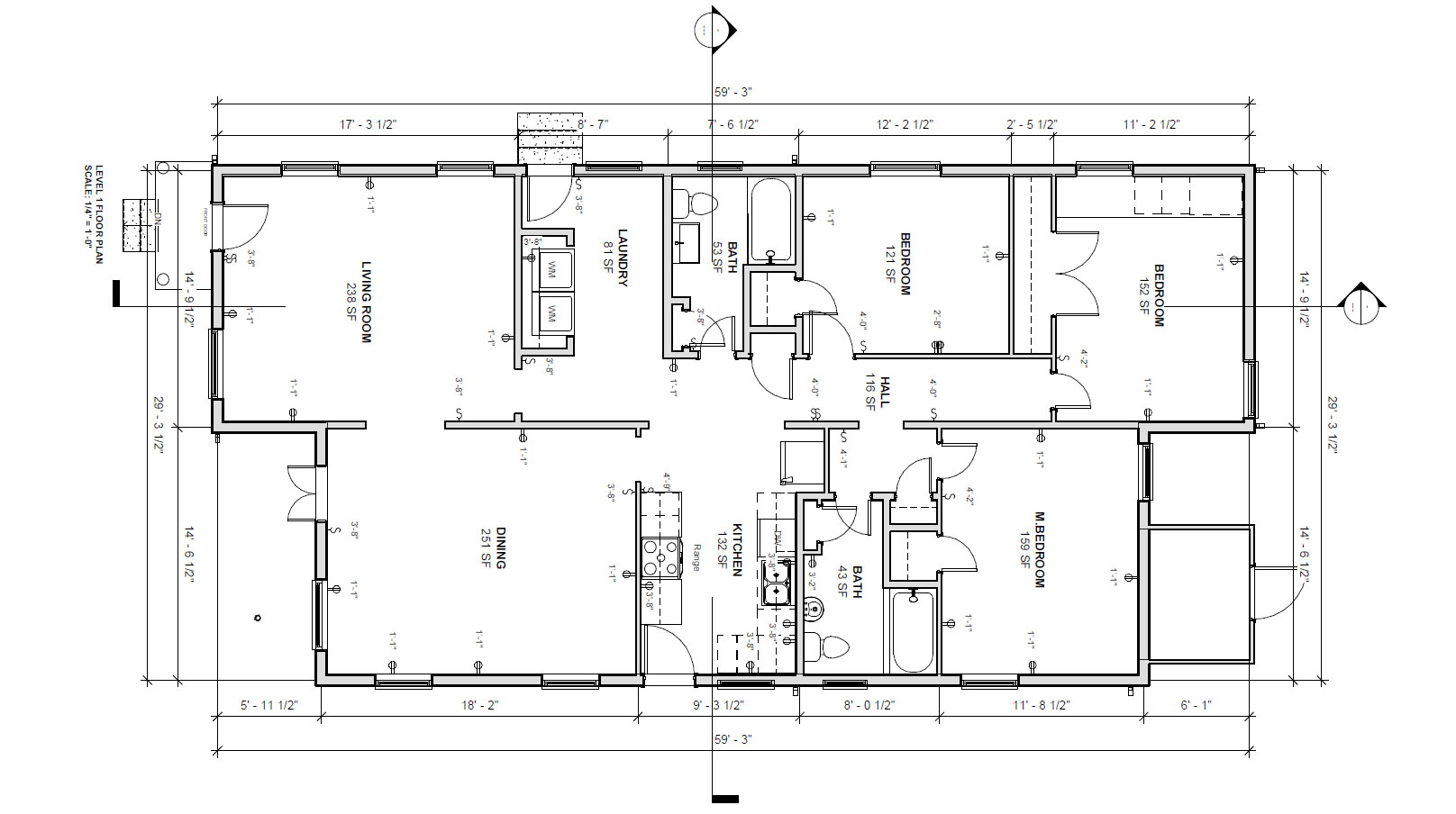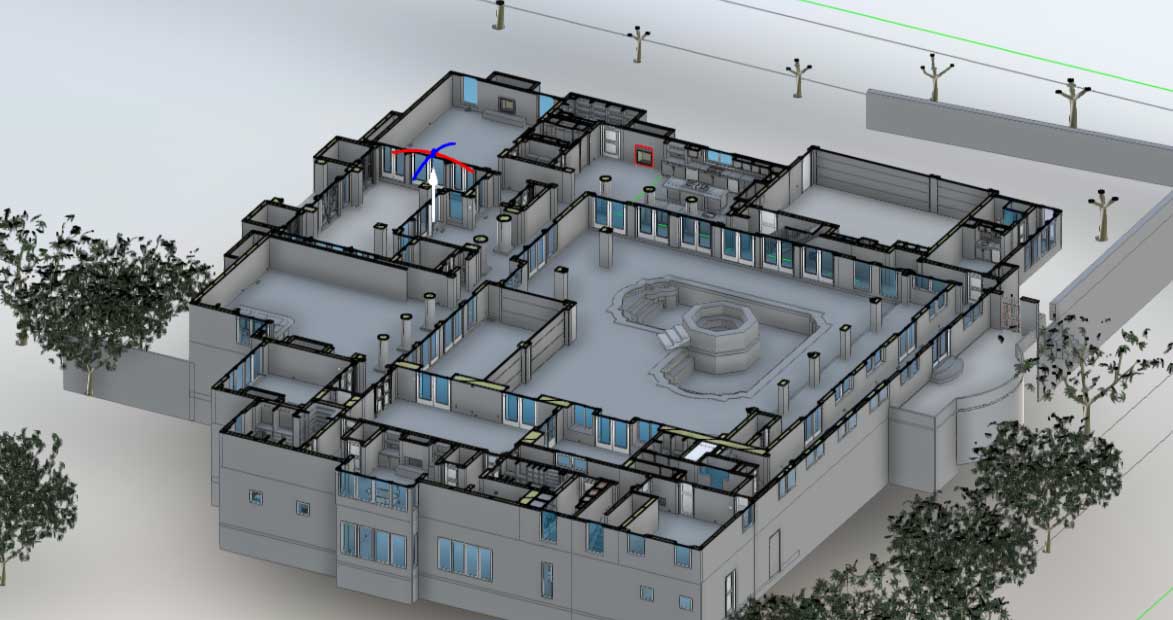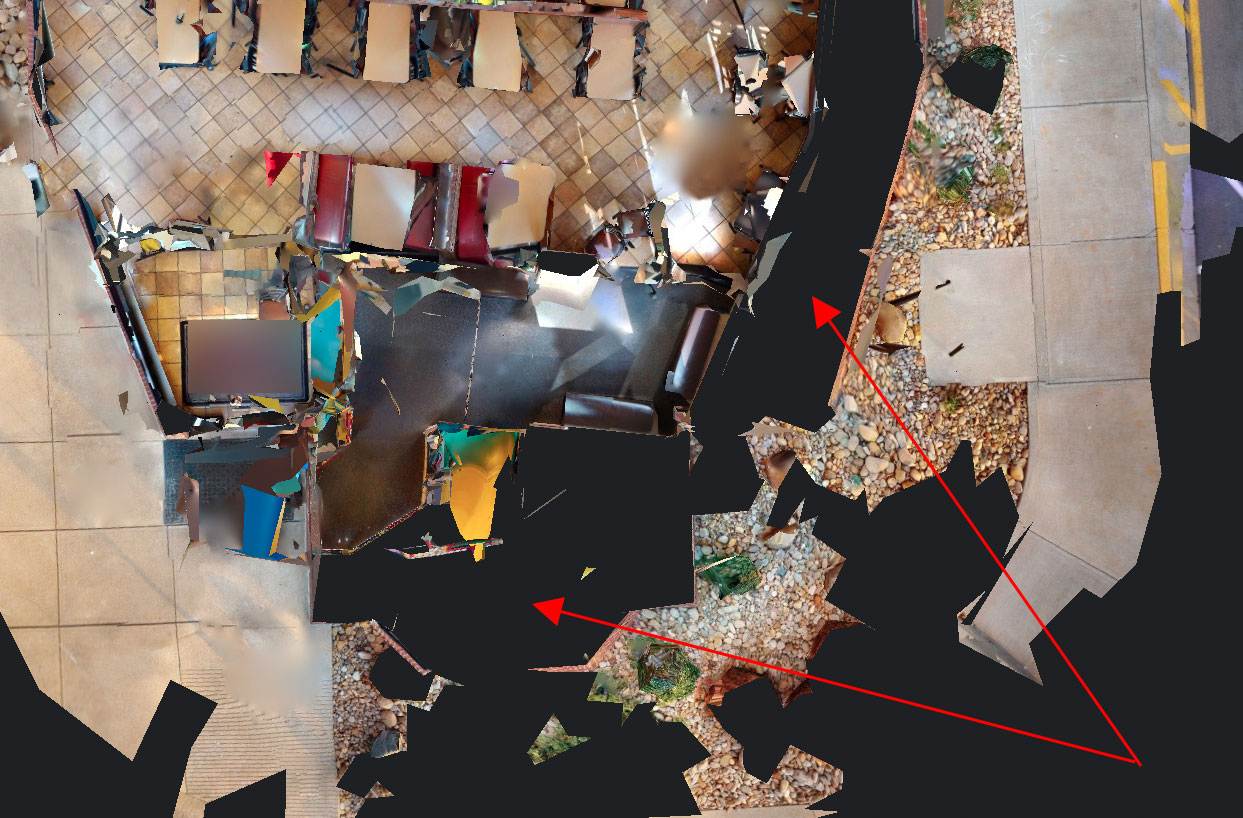Nashville LiDAR Scan to BIM Services
360 Nash is proud to offer Scan to BIM services. Popularly called As-Built drawings in the past, we can create accurate drawing of your projects before your architect or engineer begins to draft a single line.
Our scanners have a tolerance of 6mm and provide an LOD of 300-350. Scans turnaround is where we thrive. We can usually schedule a scan for same week, and produce drawing within 7 days* of the scan. As of January 2022 360Nash as-built projects are handled by our sister company Scan Skunks.



Depending on your company’s workflow, we can output 2d CAD drawings on your preferred layer system and 3d Autodesk Revit® Models. Additionally, we can provide the point cloud files as needed after the conclusion of the project if desired.
Scan to BIM services can be used for various niche markets such as Crime / Accident Scene re-creation, insurance audits, Architectural Drawings, Virtual Reality ingestion, Mapping, and more.
All Nashville Scan-to-BIM services are custom quoted and depend on some key variables:
- Size of Project
- Quality of Scan / LOD required
- Purpose of the scan
- Jobsite Safety and Risk
- Drawings and Models Needed
Nashville Scan to BIM with LIDAR
Using high-end LIDAR equipment, and capturing up to 960,000 points per second, we can accurately have the piece of mind that the scans we create are airtight. We can recreate just about any 3d environment. Our combination of laser scanners mixed with 360 photographs of spaces allows us to quickly understand and accurately recreate your space regardless of purpose. We have embraced SLAM scan technology combined with terrestrial scanning techniques to produce LOD quality of 300-350. Our As-built drawings are typically able to be delivered within 7 business days of scan date, allowing your project to hit the ground running.

Scan to BIM with Matterport Pro 2 and Pro 3
As the worlds of Matterport and more accurate scanners begin to collide, the important thing to remember is that technology is always going to get faster, smaller and cheaper, but not necessarily more accurate. It is important to know that Matterport models created with the Pro 2 and Pro 3 can be quite accurate, but they will also have significant scan drift. This is a phenomenon that basically causes problems in the overall scan not to join where they should. An example would be when going down many corridors without a lot of “meaningful geometry”, and coming back to the original scan point. Essentially, the snake should “bite its tail” but as you can see from below it does not always do that. 360Nash ensures that where Matterport is used, that the data is reinforced by stronger and more accurate scanners.

We would recommend Pro 2 to deliver an LOD of 200 under optimal conditions, accurate to the 2-3" every 30'. Matterport Pro 2 uses infrared lasers that have a range of about 8’ . We would not recommend this setup to get reliable measurements. Matterport Pro 3 actually does leverage a further reaching LiDAR scanner that utilizes a standard spinning-mirror beam. The plans and models derived from Matterport should still be treated as conceptual. One must understand the space that is being processed, and the trouble areas this scanner can encounter. Wide open and geometrically rich environments are where this camera/ scanner thrives. Long hallways, repeating bays, and environments with little geometry can trip this camera up.
Scan to BIM with Ricoh Theta Z1 and Matterport
Matterport models created from the Theta Z1 also have varying degrees of accuracy. It is important to note that drift becomes worse when using the Theta Z1 as we are relying 100% on photogrammetry, and as a result there is no double check of the measurements with the infrared lasers built in the Matterport Pro and Matterport Pro 2. We would recommend that a Theta Z1 could be used for measurements of an interior space like a small residential home, where you need accuracy to be in the 4-6" inch range. The plans and quality of model that come out of a Theta Matterport are schematic and conceptual. We would not recommend the Theta Z1 for anything exterior, or a large interior space.

